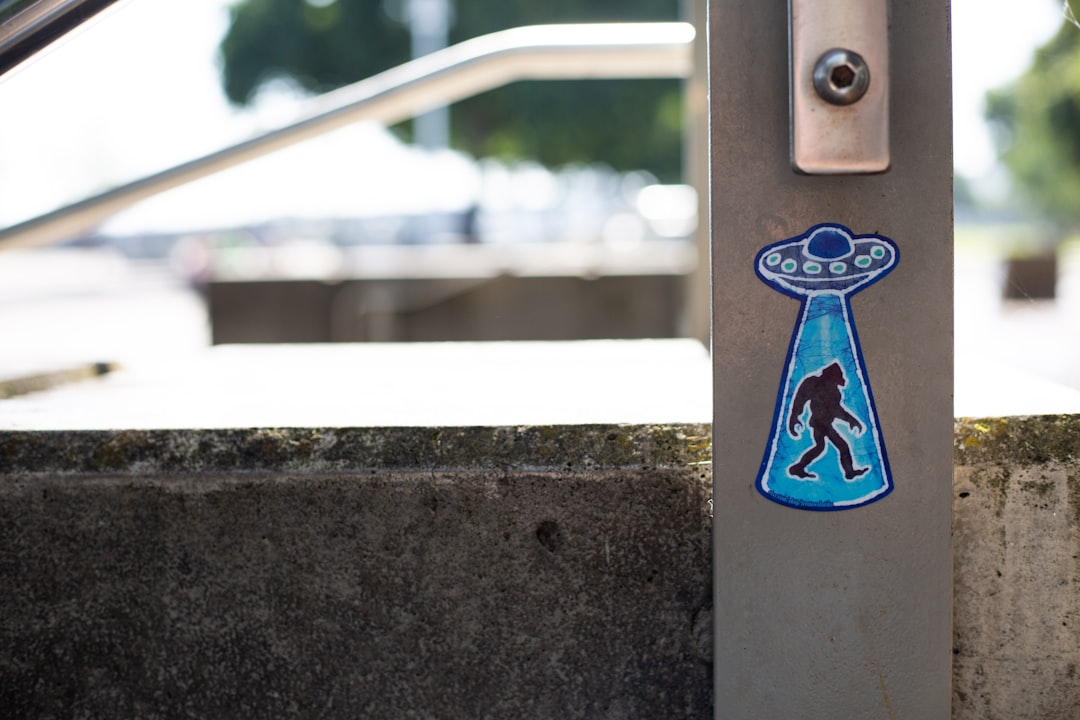What's an urban legend? You've probably heard one or two in your lifetime. Urban legends are a type of folklore that is often passed down by word-of-mouth. Most people have heard of urban legends, but don't know how to define them. An urban legend is a story that has been passed down from person to person, typically with a moral lesson. The origin of a legend can be difficult to determine, as it can be passed down through oral tradition
Urban legends have become so popular because they combine a supernatural element with elements of humor. They appeal to all emotions and are usually very short, so they don't take many minutes or hours to tell. The word "legend" has been used since the 19th century, but a legend in its original sense meant simply a report about something that had happened long ago. In modern usage, legend means a story of the past that has been passed on by word of mouth.The urban legend definitely falls into this category since it is not a really real event or person, but rather an explanation for something that may have happened to someone else. Some urban legends are based on historical events or people, but most of them do not have an actual basis in fact. This means that these stories were created for a reason other than to share factual information with others. For example, the legend of the "haunted hitchhiker" is a story that combines a ghost with a legend of a mysterious hitchhiker to create an urban legend.
American Urban Legends
There are many American urban legends that circulate through the internet and in popular culture. Some of the most well-known examples include the story of the "choking baby," the "killer clown" phenomenon, and the "pizza-gate" scandal. It is difficult to determine which urban legends are true and which are false, but some of the more famous examples have been investigated and found to be untrue.
Examples of Urban Legends
Urban legends are stories that are often passed around as rumors but have never been confirmed or disproven. Some of the most well-known urban legends include the story of the man who died from falling out of a third-story window and the story of the woman who was killed by her own reflection in a mirror.
How Can You Spot an Urban Legend?
Urban legends are stories that circulate throughout a community, often with the intent of frightening people or spreading misinformation. They can be difficult to identify, as they often contain elements of truth and are often passed along through word of mouth. Some common signs that an urban legend may be in circulation include persistent rumors, a lack of evidence to support the story, and changes in the way the story is told over time. If you believe that you have encountered an urban legend, it is important to approach it with caution and seek out information from reliable sources to verify its validity.
Urban legends are stories that are often passed around by word of mouth. They can be scary, funny, or even true, but they all share one common trait- people often believe them even though they have never been verified. There are a few things you can do to help spot an urban legend before you believe it. The first thing to do is to look for clues. If a story is scary or funny, there may be specific details that are mentioned over and over again. It can also be helpful to look for stories that are similar to the one you are investigating, as this may suggest that the legend is based on a real event.
Another way to spot an urban legend is to look for stories that are popular on social media. If a story is being shared a lot by people you know, it's probably worth investigating. Finally, if a story seems too good to be true, it probably is. All of these things can help you weed out the true from the false urban legends.
When it comes to identifying an urban legend, it is important to consider the following factors:
Urban legends are stories that circulate among a specific group of people and are typically considered untrue. It can be difficult to determine whether or not a story is an urban legend, as there is no set definition. However, some key factors to consider when identifying an urban legend include the following: the story's popularity, whether or not it has been debunked, and whether or not it has been reported by multiple sources.
1. The legend's origin. 2. The legend's spread. 3. The legend's popularity. 4. The plausibility of the legend. 5. The degree of detail in the legend. 6. The type of legend. 7. The degree of fear or excitement associated with the legend. 8. The degree to which the legend is believed by the public. -Is the legend widely known? -Is the legend repeated often? -Is there evidence to support the legend?
In conclusion, Urban legends are often entertaining, but it's important to remember that not all of them are true! Many of them began as harmless stories, but over time they've become distorted and exaggerated. It's important to be aware of the origins of a legend before you believe it, so you can decide for yourself whether or not it's worth investigating. There are several possible origins for urban legends. One is that they are folktales that have been passed down from one person to another. Another is that they are true stories that have been exaggerated or embellished over time. And finally, some urban legends may actually be true stories that have been hidden for a reason.
Urban legends are often told as jokes, but some of them may actually be true stories that have been hidden for a reason. For example, the legend of the man with the suitcase says that if you catch a glimpse of the man with the suitcase, you'll be cursed. However, this story may have originated from a real-life incident in which a man was caught carrying a suitcase full of money. Because of this, the man was kept under surveillance and eventually arrested. The legend may have been kept alive by word of mouth, but the original events actually happened.

